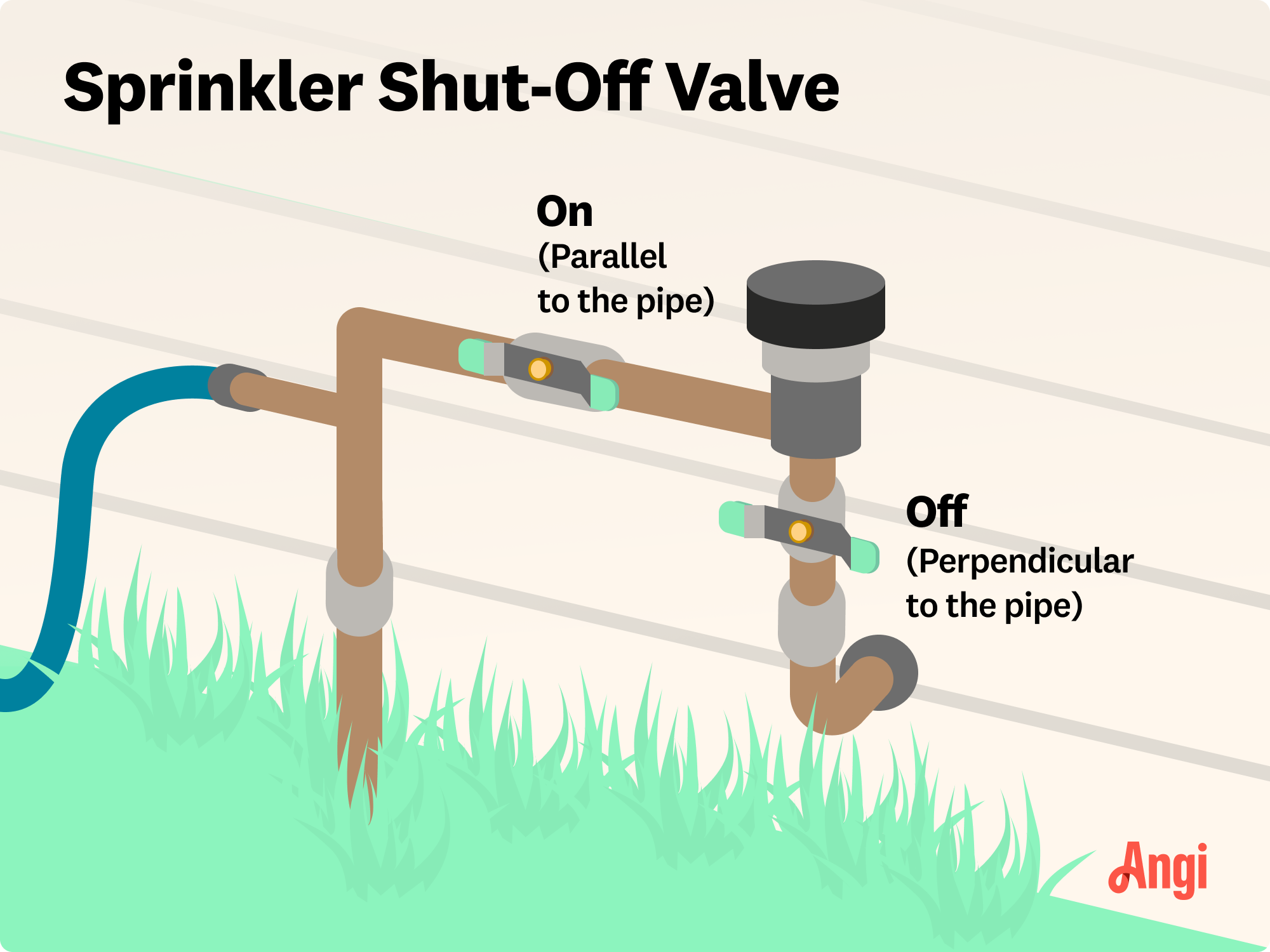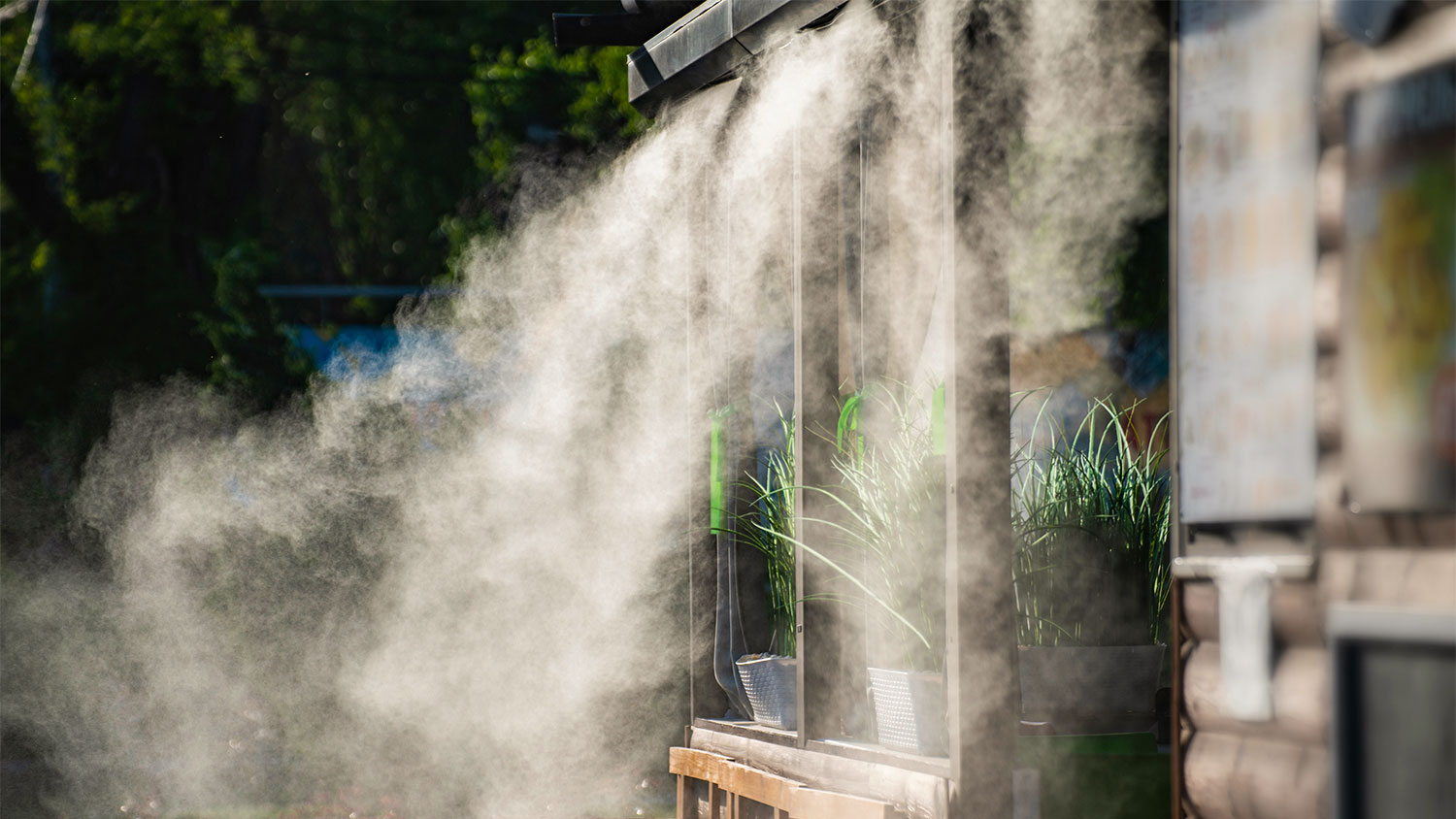
A French drain costs around $9,250 to install, but several factors will determine the final price you pay. Learn the cost to install French drains in this guide.
Don’t let a busted head rain on your parade


A well-functioning sprinkler system is crucial for keeping your lawn lush and green, but over time, individual sprinkler heads can become damaged or clogged. If you’re wondering how to replace a sprinkler head, the process is easier than you might think. With a few tools, some basic knowledge, and a little patience, you can swap out a broken sprinkler head in no time. This guide will walk you through the steps to ensure a smooth and efficient replacement.
Before learning how to replace sprinkler heads, you should assess them to ensure that replacing the heads is the right fix and that there’s not some other sprinkler system repair you need.
Here are some signs that you need to replace your sprinkler head:
The sprinkler is not spraying evenly or at all.
There are visible cracks or broken components.
Water is leaking from the base of the sprinkler.
The head doesn’t rise properly when activated.
You notice water pooling around the head even when it’s off.
Sprinkler heads vary based on water pressure, spray patterns, and the type of lawn or garden they serve. Check the existing sprinkler head’s model number or take it to a local home improvement store to find a suitable replacement.

Turn off your water at the sprinkler shut-off valve. Then, it’s time to dig:
Use a shovel or trowel to carefully dig a circular hole around the sprinkler head. Aim for a radius of 2 inches.
Dig 4 to 5 inches deep, ensuring you don’t damage the underground piping.
Keep the removed grass and soil intact so that you can replace it later. You might find it helpful to set the grass on a piece of plastic or a small tarp.
If the soil is loose, gently compact the sides of the hole to prevent it from collapsing while you work. You can also pour a cup of water onto the top of the sprinkler head before removing it to help the soil compact itself a bit.
Now that you’ve exposed the sprinkler head, you can remove it:
Grip the base of the sprinkler head and gently twist it counterclockwise.
If it’s stuck, use pliers or an adjustable wrench to loosen it.
Once it’s loose, carefully pull the entire sprinkler head, including the shell, out of the ground.
Inspect the connecting pipe for debris or damage before proceeding.
With the old head removed, you can install the new one:
If you want to, you can wrap the threads of the new sprinkler head with plumber’s tape to prevent leaks, but this isn’t a requirement.
Align the new sprinkler head with the existing pipe and screw it in clockwise by hand.
Once snug, use pliers or an adjustable wrench to tighten the head, but avoid over-tightening.
Adjust the sprinkler head to ensure it’s level with the ground.
If your sprinkler head requires a nozzle, attach the correct size and adjust it to control the spray pattern.

Before calling it a day, make sure your new sprinkler head is working correctly:
Turn on the sprinkler system and watch the new head do its thing.
Check for leaks around the base.
Ensure the spray pattern covers the entire area you need to water, and adjust it as needed.
If the sprinkler isn’t performing like you think it should, recheck the nozzle size and alignment.
With the new head installed, you can put your lawn back in order:
Refill the hole with the removed soil, gently tamping it down to eliminate air pockets.
Place the grass or sod back over the hole, pressing it down firmly.
Water the area to help the grass settle and encourage regrowth.
Even a simple sprinkler head replacement can go wrong if you’re not careful. Avoiding common mistakes can save you time, money, and frustration. Here are a few key errors to watch out for during the process.
Digging too deep: This can damage underground pipes and create unnecessary repair work.
Forgetting to check compatibility: Not all sprinkler heads work with every system. Ensure your replacement matches the existing setup.
Over-tightening the head: This can crack the fittings or damage the pipe.
Skipping the test phase: Always test before closing up the area to avoid having to dig it up again.
Replacing a sprinkler head is a fairly straightforward DIY project that many can tackle on their own. It requires only basic tools and minimal effort, and it can save money. However, there are some risks involved, especially for those who are inexperienced with irrigation systems. Digging too deep or over-tightening the new sprinkler head can lead to costly damage, and selecting the wrong replacement head may result in inefficient watering.
If you’re unsure about your skill level or suspect larger system issues, such as low water pressure, leaks, or multiple malfunctioning heads, it may be best to call a sprinkler repair pro near you. A professional can diagnose underlying problems, ensure proper installation, and save you the hassle of troubleshooting potential mistakes.
From average costs to expert advice, get all the answers you need to get your job done.

A French drain costs around $9,250 to install, but several factors will determine the final price you pay. Learn the cost to install French drains in this guide.

Discover the average outdoor misting system cost, key price factors, and ways to save. Get transparent, expert-backed estimates for your installation.

Discover yard drainage cost estimates, including average prices, key cost factors, and tips to help you budget for your yard drainage project.

Get expert insights on outdoor misting system repair costs, including average prices, key cost factors, and tips to save money on your next repair.

Our guide on how to add a sprinkler head outlines all of the steps involved in the process and answers some of the more common questions relating to installation.

How much water does my sprinkler system use? Learn how to calculate your water use to prep for bills and keep your lawn lush with this guide.